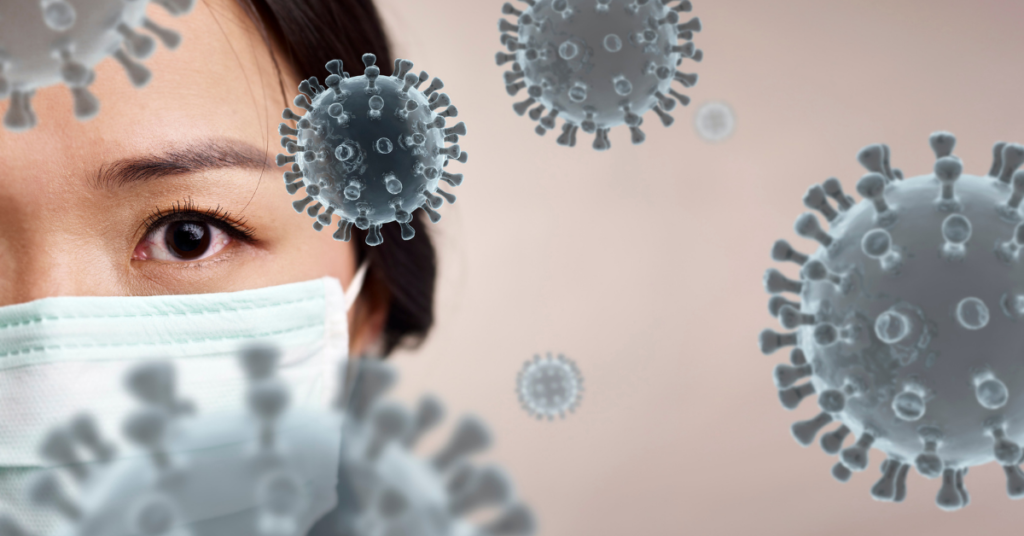
In healthcare, Chain Of Infection Nhs knowing how infections spread is super important. It helps doctors and nurses stop diseases from spreading and break the chain Of Infection. Imagine there’s a chain, and each link represents a step in how an infection spreads. It starts with a germ, then it moves to someone or something else, and eventually, it makes someone sick.
Introduction to Chain of Infection

The chain of infection is a model used to understand how infections spread. It consists of six components: infectious agent, reservoir, portal of exit, mode of transmission, portal of entry, and susceptible host. Each component plays a vital role in the transmission of diseases.
The components of the Chain of Infection are:-
Infectious Agent
The infectious agent is like the bad guy that causes the infection. It could be bacteria, viruses, fungi, or parasites. Knowing what kind of bad guy it is helps us figure out how to stop it from making people sick. So, understanding these germs is important for finding the right way to prevent and treat infections.
Reservoir
The reservoir is like the home where the bad germs live and grow. It could be in people, animals, bugs, or even in the environment around us. Finding out where these germs hang out and controlling them is super important to stop infections from spreading.
Portal of Exit
The portal of exit is like the door that the bad germs use to leave their home in the reservoir. They can sneak out through things like coughs, sneezes, blood, or even cuts on the skin. Putting up barriers to block these exits can help stop the germs from getting out and spreading to others.
Mode of Transmission
The mode of transmission is how the bad germs move from one person to another. It could happen by touching directly, touching something that has germs on it, like a doorknob, through tiny droplets in the air when someone coughs or sneezes, or even through bugs like mosquitoes. Knowing how germs travel helps us take the right steps to protect ourselves and others.
Portal of Entry
The portal of entry is like the entrance where the bad germs get into our bodies. It could be through our nose, mouth, stomach, or even through cuts in our skin. Keeping these entry points safe and protected is important to stop germs from getting inside us and making us sick.
Susceptible Host
A susceptible host is someone more likely to get sick from germs. Things like age, how well their immune system works, any health problems they have, or even their genes can make them more vulnerable. Making sure our bodies are strong and healthy can help lower the chance of getting an infection.

Conclusion
To wrap it up, knowing how infections spread is important in hospitals and clinics. When we find and stop each step in the chain of infection, doctors and nurses can keep diseases from spreading. This helps keep patients and staff safe from getting sick.
Question-Related to Chain of Infection
What is the chain of infection?
The chain of infection is like a roadmap that helps us understand how sicknesses spread. It has six parts: the germ that causes the sickness, where it lives and grows, how it leaves its home, how it travels to other people, where it gets into our bodies, and who is more likely to get sick. Understanding these parts helps us stop sicknesses from spreading.
Why is breaking the chain of infection important?
Stopping the chain of infection is important to keep diseases from spreading and to keep people safe from getting sick.
What are some examples of interventions to break the chain of infection?
Some examples of stopping the spread of germs are washing your hands, cleaning things to kill germs, keeping sick people away from healthy ones, getting vaccines, and making sure our surroundings are clean and safe.
What role do healthcare professionals play in breaking the chain of infection?
Doctors and nurses are really important in making sure we stay healthy. They help put rules in place to stop germs from spreading, teach patients and everyone else how to stay safe and encourage good habits to keep us all healthy.